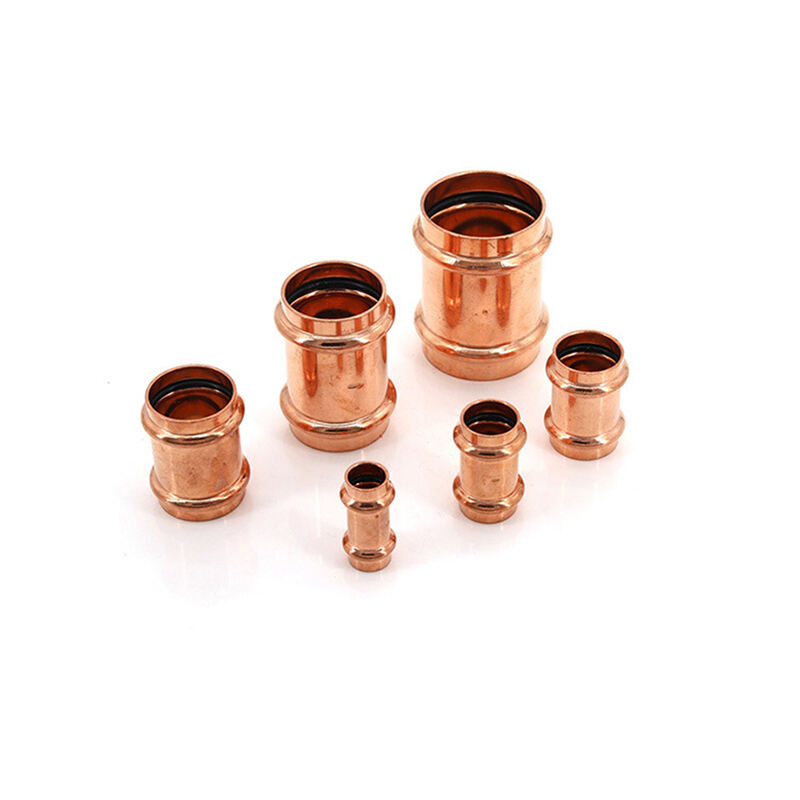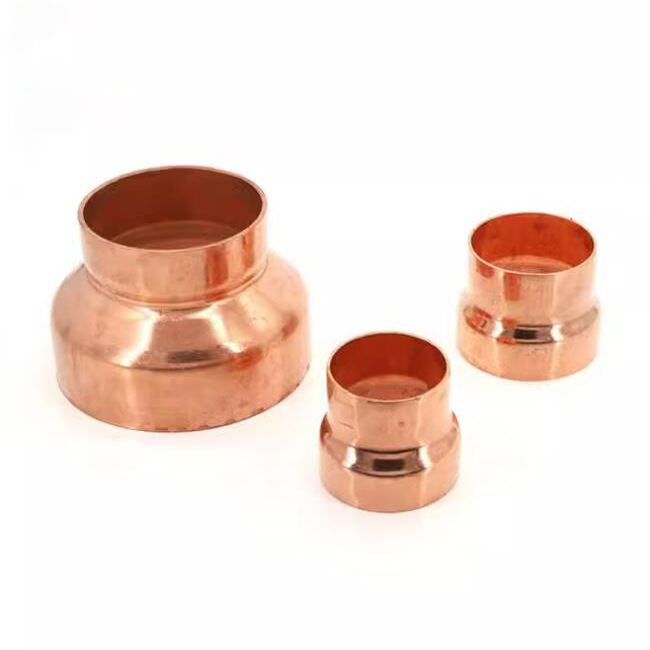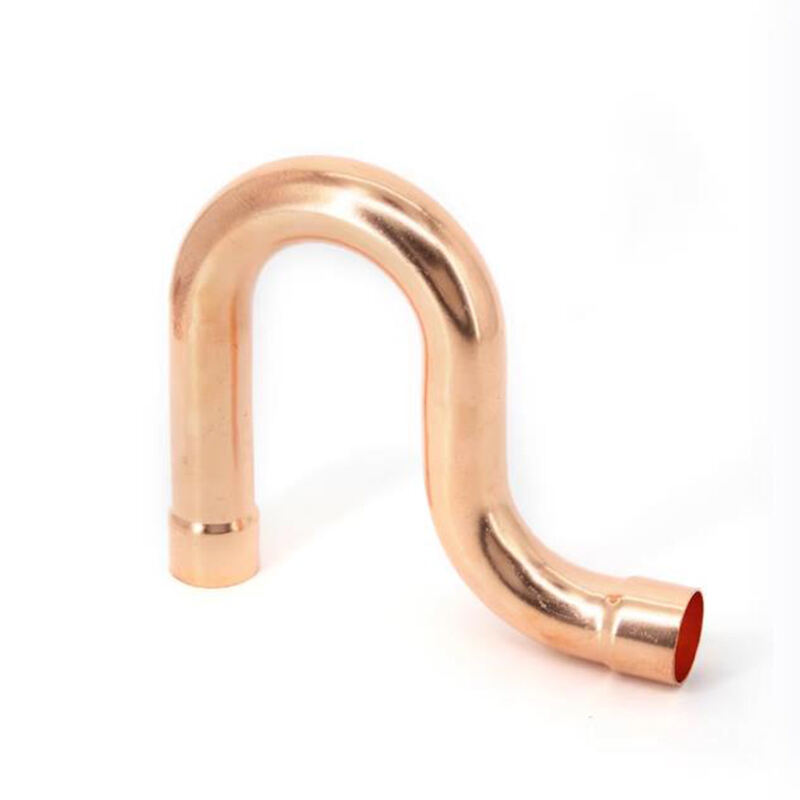To understand the performance expectations water pipeline infrastructures in industrial water supply systems, plumbing in high rise buildings, and regulated pressurized pump installation in agricultural irrigation systems, one must consider return on investment on continuity. The performance expectations are tied demand on return on investment. The cost of poor quality infrastructure and water waste pipeline is burst, leak, becomes deformed and waste not only water but also cost of damaged tools and equipment, JUFANG PIPES industrial and civil piping solutions, are under studied and highly important in offering, designing and implementing water piping systems that are competitively high pressure durable, cost-effective in the long-term and engineered to meet global standards in safety and quality. This knowledge can save engineering contractors, landlords, agricultural practitioners, and JUFANG PIPES the disappointments of poor system water supply, unnecessary system installation maintenance, and high system procurement costs. This is the reason we have taken these necessary factors to evaluate in the procurement of water piping systems under high pressure scenarios.
Material of the water pipe is one of the main factors to be evaluated in high pressure scenarios. The reason is that the different characteristics of materials will have an effect on the performance of the water piping systems. The main properties that dictate the performance of a water pipe under high pressure are tensile strength, impact resistance, pressure bearing, and resistance.
High-pressure situations can cause traditional water pipes made of plastic and other materials to malfunction. While regular plastic pipes can get soft and deform, water pipes made of thin metal casings can develop cracks. For high-pressure situations, JUFANG PIPES suggests advanced materials like reinforced polyethylene (PE-RT) and stainless steel 304, and composite materials with fiber reinforcement. These materials are designed to withstand and maintain their shape under pressure. For instance, JUFANG PIPES PE-RT pipes maintain their shape under 1.6 MPa pressure, which is similar to water pressure in a 160-meter tall building. Pipes used in these situations must also withstand and maintain their shape under long-term pressure without deforming or collapsing. Having a pipe made of good material is the first step to achieving safety in high-pressure situations and environments.
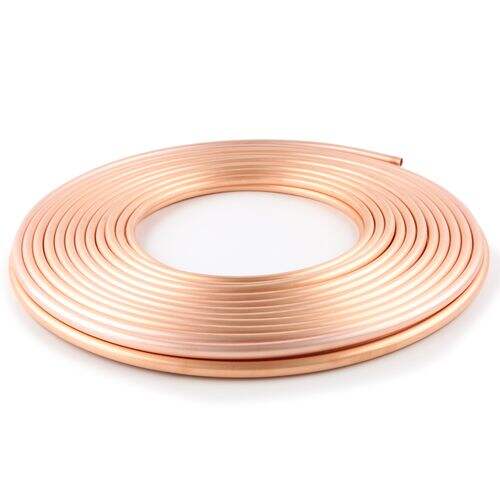
Match the Actual Working Pressure with the Pipe’s Pressure Capacity
This is crucial when selecting a water pipe. Having a pipe with a lower pressure capacity will cause the pipe to fail frequently, and an over-piped system will cause excess costs.
To estimate how much pressure a water pipe can handle, you need to look at two specific factors: the nominal pressure (PN) and the range of working temperatures. The nominal pressure indicates how much pressure the water pipe can handle at a certain temperature (usually 20°C for cold water), and hot water (especially at industrial process temperatures) will affect a water pipe's ability to handle pressure. JUFANG PIPES shows elaborate pressure-temperature charts for each product water pipe. For example, you can have a water pipe with nominal pressure 2.0 MPa at 20°C and transporting 60°C hot water which is 1.2 MPa pressure bearing. This is appropriate for high-pressure hot water systems. The users need to calculate working pressure (actual working pressure including peak pressure fluctuation while pumping) and choose a pipe with pressure rating of 1.2 to 1.5 the working pressure as a safety margin. This will ensure the water pipe will work consistently and also safely without factors of old pressure surges.
Long Term Performance in Corrosive High Pressure Environments
The pipes which endure high pressure often have to deal with corrosive waters type like industrial water which is chemically treated, high mineral water ground water, and seawater. This will cause pipes to corrode leading to rust, scale, and loss of pressure bearing ability.
Corrosion doesn’t just damage a water pipe; it also deteriorates the quality of water passing through, and this can be very dangerous for drinking water and water used in the food industry. Our JUFANG PIPES corrosion resistant high pressure water pipes stainless steel water pipes prevent ruse formation with a protective chromium oxide film and a composite water pipe protective inner anti-corrosive anti water pipe material liner. PE-RT water pipes have added corrosion proof features, so the pipes will not become reactive with water. JUFANG PIPES stainless steel water pipes have been used in coastal industrial zones for over 20 years that use seawater for cooling. In comparison, traditional carbon steel water pipes begin to corrode in seawater and rust through in 3-5 years. Maintenance and replacement costs for corrosion resistant water pipes are much lower because their operational stability is much higher in high pressure environments.
Structural design of the water pipe and pipe thickness affect the pressure resistance. An adequately designed and thick water pipe allows even pressure distribution. When pressure is not evenly distributed, it creates risk for pipe failure and rupturing.
Typically, water pipes are made with even thickness walls, which can become a problem. In pipes with joints or elbows, uneven pressure can cause failure. For example, JUFANG PIPES adjusts pressure and wall thickness according to pipe length. For high pressure pipes, JUFANG PIPES increases thickness, adds ribs, or makes joints, elbows, and tees out of reinforced materials. This improves pressure stability. For example, water pipe elbows made by JUFANG PIPES are designed to handle the pressure of water flow and are 1.3 times thicker than high pressure joints. Another structural feature that improves pressure stability in water pipes is sealing joints with press fitted mechanical compression or fusion welding to eliminate leaking. JUFANG PIPES can make pipes with safe, efficient pressure design which minimizes risk of failure due to loss of pressure.
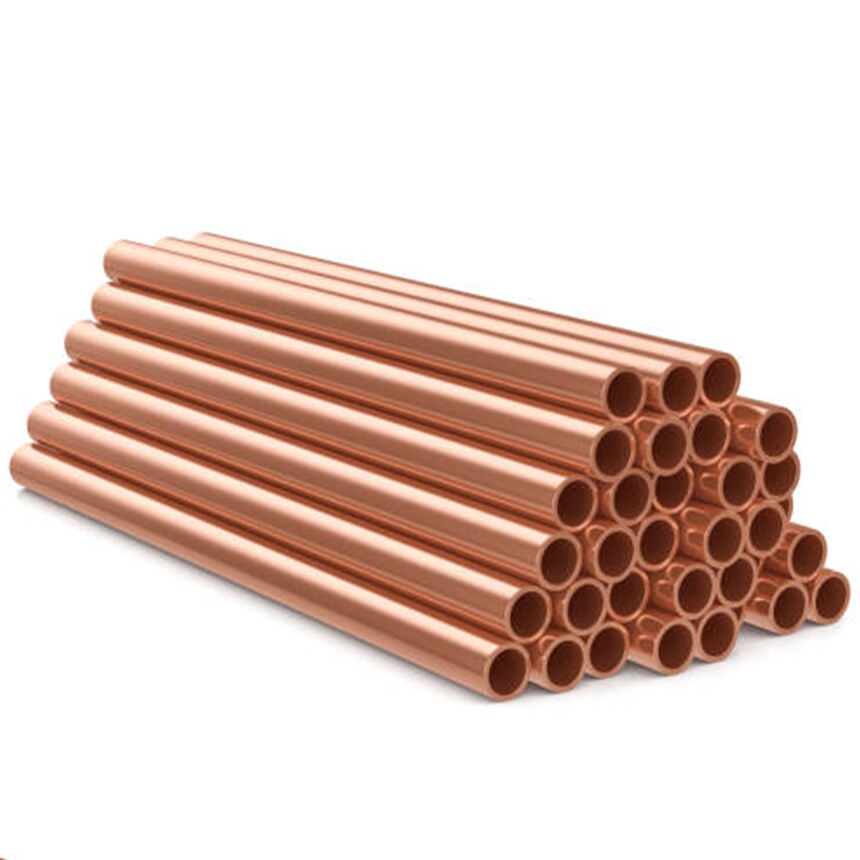
Temperature and high pressure are always associated with extreme weather during the transport of high temperature industrial water or during cold weather water transport. This requires the use of water pipes with extreme weather. Otherwise, the water pipes will become pressure-less brittle soft or brittle.
Water pipes experience thermal expansion and contraction. If they cannot accommodate these changes, pipes may become deformed or joints may loosen. The high-pressure JUFANG PIPES water pipes have remarkable temperature adaptability. PE-RT water pipes can operate at temperature ranges of -40°C to 80°C and maintain their pressure-bearing capacity without cracking or softening. In addition, JUFANG PIPES stainless steel water pipes have stable physical properties at high temperatures (up to 300°C). Therefore, they can be used for high-temperature high-pressure water systems. For instance, during northern winters, JUFANG PIPES PE-RT water pipes can handle high water pressure in high-rise buildings while also enduring -20°C temperatures. Pipes must ensure that the working temperature of the environment coincides with their temperature range to ensure that the pipe can withstand the pressure in all weather and process conditions.
Water pipes maintain their cracking temperature and pressure-bearing expansion: -40°C and -20°C! In addition, stating pressure, temperature, and physical properties in water pipes guarantees the legislation of high-pressure systems. Uncertified water pipes are illegal, and being exposed to them risks the safety of people and systems.
Internationally, the ISO, ASTM, and GB organizations have set standards for high-pressure water pipes, covering materials, pressure sustainability, corrosion, and hygiene. JUFANG PIPES has high pressure water pipes ISO hygiene certified and stainless steel water pipes ISO 1127 corrosion certified. JUFANG PIPES also has certified PE-RT water pipes for ASTM F2623 standards regarding high pressure hot water, and all pipes for potable water use certify NSF/ANSI 61. These standards and certifications guarantee the specific water pipe has gone through extensive testing and meets the necessary world standards, and not just the ones in the outlined certifications. To test the water pipe for the appropriate standards, the supplier should have relevant certifications, and test reports must be requested to guarantee the pipe isn’t an accident waiting to happen.




![High-Pressure Water Pipes: 5 Key Selection Factors [Guide]](https://shopcdnpro.grainajz.com/category/374299/2466/6ab9fd5c69a8864c0f1012f9fbe15b3f/5b66b704-8e60-41df-81e0-43c851b3d56c.jpg)
![High-Pressure Water Pipes: 5 Key Selection Factors [Guide]](https://shopcdnpro.grainajz.com/category/374299/2466/ba23363e38c4d40101a70b1a1abe239e/%E6%9C%AA%E6%A0%87%E9%A2%98-1.jpg)
